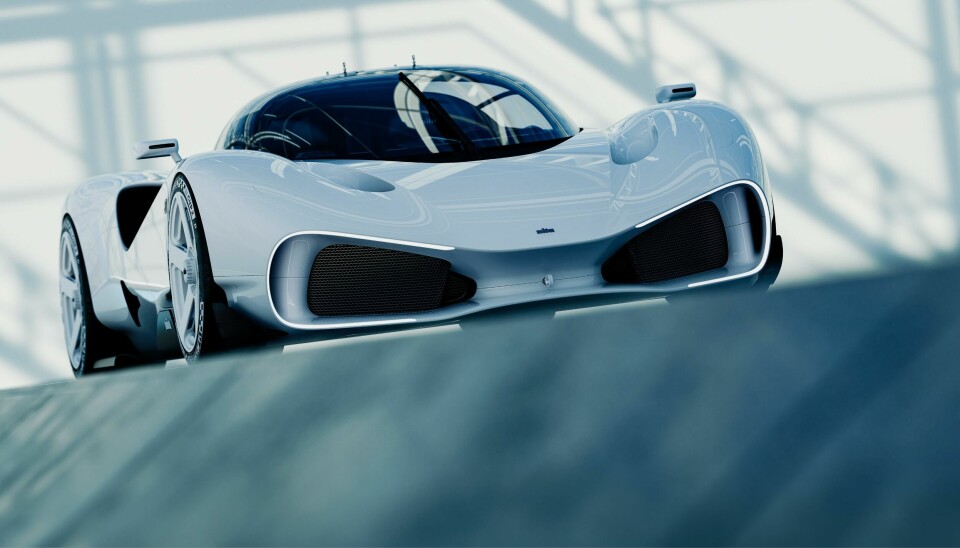
Sasha and Inna Selipanov on Nilu27, their “middle finger” to the car industry
Car Design News went along to the hotly anticipated launch of the Nilu hypercar and grabbed a word with the masterminds behind it
Sasha Selipanov’s long-anticipated Nilu hypercar made its debut in downtown Los Angeles at an intimate gathering attended by friends, family, and many peers from past and present.
The car is the culmination of many years of planning and work for the former Bugatti and Koenigsegg designer who’s fond of Metallica T-shirts and baseball caps, along with his wife Inna, who serves as co-founder and COO. Sasha calls his creation — powered by a naturally aspirated V12 engine with a manual transmission — a “middle finger” to the car industry, born from his passion for racing, purity of design, and form following function.
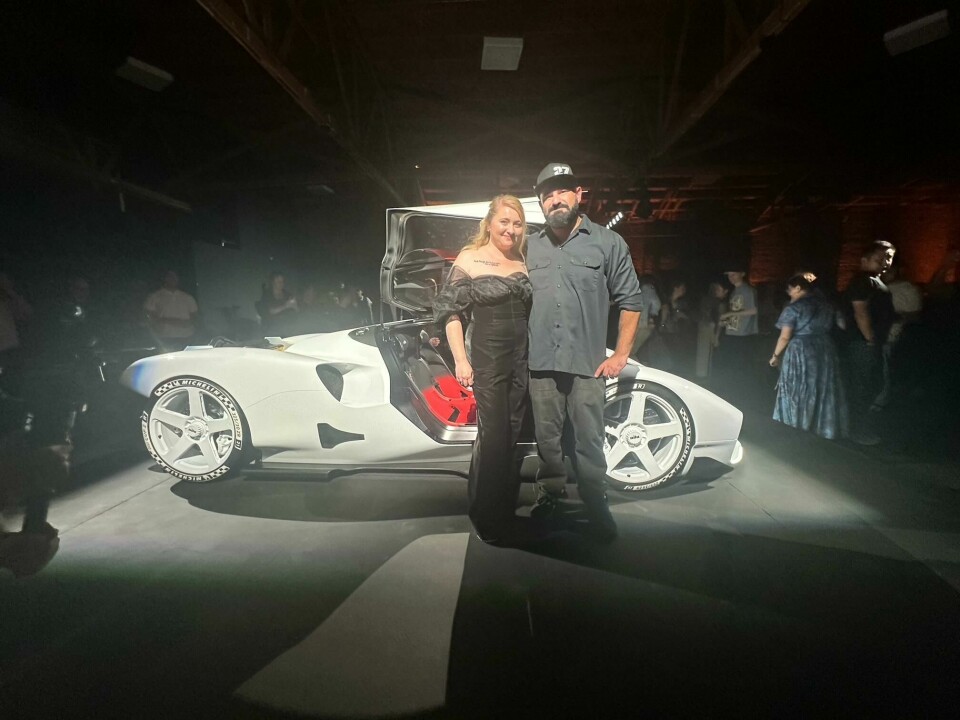
Car Design News: Sasha, at what point did you know you were going to do your own thing?
Sasha Selipanov: I think that was the goal all along, and I was trying to prepare for that eventual step. But meeting Christian von Koenigsegg and spending time with him was the moment I realised it’s now or never. And Inna really played a major part in my leap of faith.
I was never a guy who wanted to be your stereotypical car designer working for an OEM, going into board meetings and hearing marketing input on what the car should look like. I generally have very little respect for authority, which could be seen as an issue as far as making yourself compatible with life, but on the other hand it’s also a way to propel yourself to realise some of your dreams.
I love adventure, I love risk, and my philosophy is live with no regrets
CDN: Inna, how did your role in the company develop, and what’s it like being partners both professionally and personally?
Inna Selipanov: I actually didn’t want to work with him at first because I didn’t think it was healthy. Sasha was asking me for like a year to join him and I was doing my own thing and not even really working in the industry anymore. But now we’re doing it together, and the kids are also somewhat involved, so it’s really a family endeavor.
We’ve been together 23 years, since he started at ArtCenter and I was in high school, and we became adults together at the same time. Between the two of us we have so much experience in the industry, so it made sense for us to do for ourselves what we did successfully for others. I love adventure, I love risk and my philosophy is live with no regrets. Sasha’s much more conservative, so we complement each other.
CDN: Sasha, was the vision for this car very clear from the beginning, or did you go through various iterations as time went on? What were your thought processes?
SS: I had a vision all along, but the vision matured with me as I developed my trade and skill and learned from the people around me. Every one of my professional engagements was a learning process. I welcomed and embraced those professional opportunities to soak up the knowledge from those who have done the job longer than I have, like Walter de Silva, Ferdinand Piëch and Christian von Koenigsegg. The vision was there, but the ability to execute is what came through those experiences.
CDN: Let’s talk specifics. What are some design elements that you found challenging or are particularly proud of?
SS: It’s an overused mantra, but it’s really about form follows function. The exterior is all about managing airflow. There’s no gimmicks. You have a tight cabin, tight volumes over the wheels. That’s why the body is smooth, that’s why it’s sculptural and curvaceous. Also the front and the back are deliberately different because they serve different purposes. I hate the idea of the front and back looking similar on a car. I mean, whose face looks like their behind? They’re different because they do different things.
I wanted to strike out on my own while I’m still in the prime of my abilities
The interior is a very different aesthetic influence. It’s all about the occupant. There is a human body that needs to be protected, it also needs to be in control of the vehicle, you need to be able to see out of the car, so beauty takes different shapes. The focus here was really on ergonomics, safety and visibility.
CDN: Inna, you guys are funding this project completely on your own with zero outside investors. What led you to take such a bold step?
IS: We initially started out looking for investors to take us to where we are today. We had a lot of conversations, and they weren’t going badly, but we weren’t fully aligned. I was the one who said, let’s do it alone, which involved putting almost all of our savings into this. It was really scary because it’s a huge responsibility and we have kids. But we got to this step with our own money and our own blood, sweat and tears. We are the only employees; we had contractors help us along the way but it’s just the two of us.
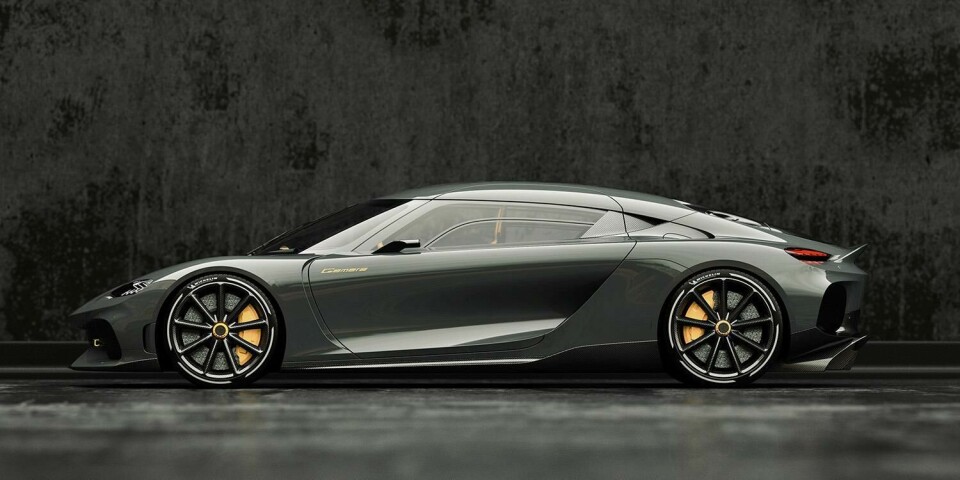
CDN: Sasha, several other designers have struck out on their own after working for major OEMs, but usually much later in life. You’re doing it much younger and earlier in your career. What advantage does that give you?
SS: Relevance. If you do this on your own when you’re too old, there’s very little actual meaning in your work anymore. I’m really scared of that. So I wanted to make sure that striking out on my own happens while I still feel like I’m in the prime of my abilities and skill and have an understanding of what is going on in this world.
And by no means am I trying to disrespect any of my superiors and elders and peers who have done this after retirement, but it feels a little bit like a chapter has closed and they’re trying to ride it out. It’s a huge risk, a lot of the credit goes to my wife who inspires me to believe in the ideas that I have and pursue those ideas, and I hope I’m still in the phase of my life that I can inflict some meaningful — shall we say — damage.
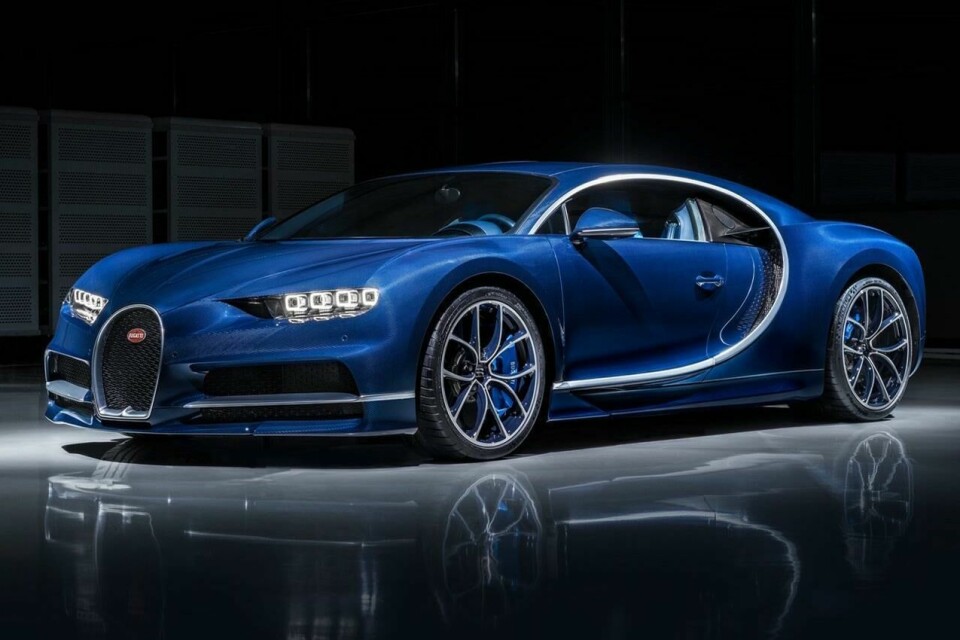
CDN: This is why so many fellow designers respect you; you don’t spew any BS and you’re always authentic. Your mantra (which you have tattooed on your arm) is “No Deal.” Explain that.
SS: The musician Aaron Turner [of the metal band Sumac] recorded an album called The Deal and the message is, if you allow conventions to limit your creativity, you’re effectively walking away from the true purpose of life. We have these unsigned deals, things that you’ve never signed but nevertheless live with you. You’re born into a family, you assume the role of a child. You go to a pre-school, you assume the role of a pupil. You graduate, you assume the role of an employee.
Designers – please stop making things that look cool but make no sense whatsoever
Every one of these steps is effectively one more window of creative opportunity that has been closed. And you need to be able, as a true artist, to disregard all of these different cages that society builds around you, break through them and deliver something that really comes from your heart. And that is the idea of “no deal.” My right hand is the hand that I shake with, my left hand is the hand that I draw with, and my drawing hand is uncorrupted. I will not make a deal if I don’t believe in it.
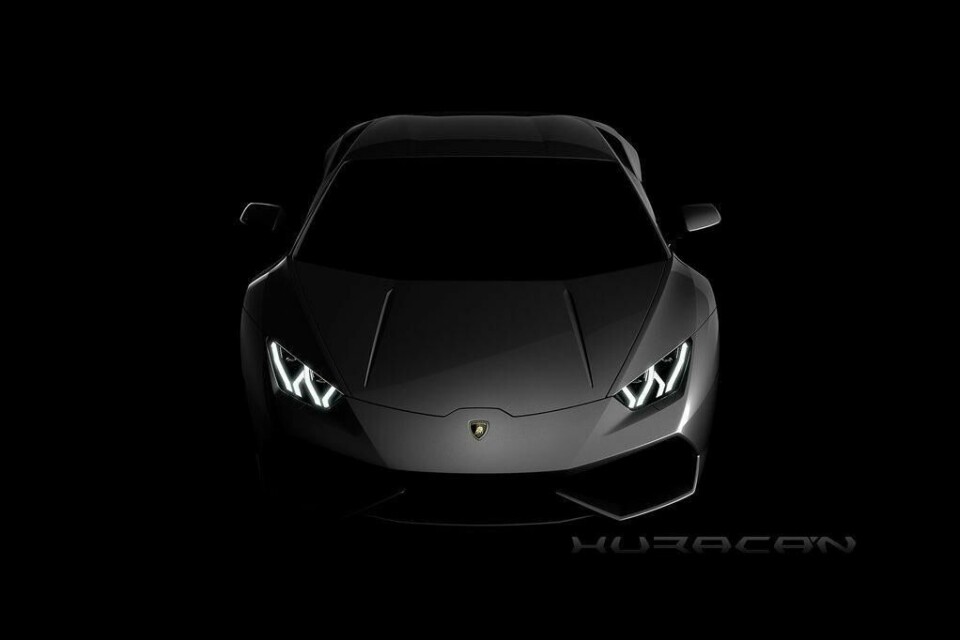
CDN: What’s one piece of advice you’d give your fellow designers?
SS: Please stop decorating. Please think about the items that you’re designing in terms of their function, longevity, and actual sustainability. Styling is cheap. Think about every single line you draw in terms of its purpose and whether it has a reason to be on this vehicle. And try to boil it down to the minimum. Stop making things that look cool but make no sense whatsoever.






